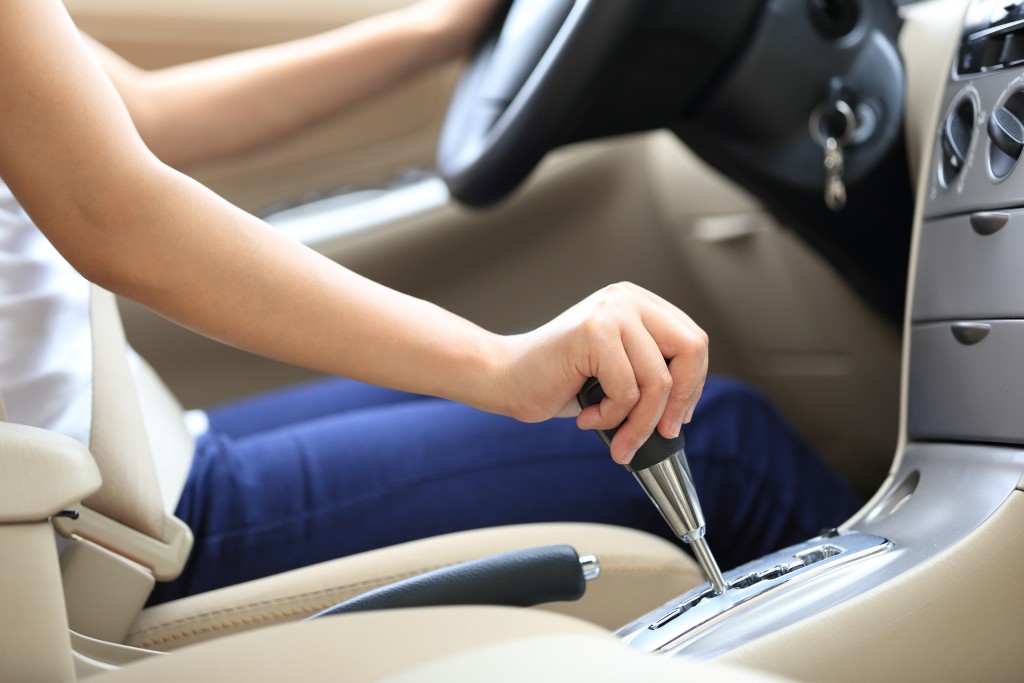Utah is one of the safest cities to drive in. The state is free from the usual hazards of bustling urban centers. It has the lowest number of car crashes (the lowest, if miles traveled is taken into account) in the nation. However, Utah has its own problems that new residents might not be aware of. Elevate your driving safety by getting to know these problems, as well as how to avoid them:
1. The Ups and Downs
Even a short trip around Utah will probably involve several changes in altitude. Your car will be climbing steep slopes or descending narrow and curving pathways. The thinner air can also do a number on your engine, even if your car uses fuel injection. Changing pressure can also leave your tires underinflated or overinflated, depending on whether you go up or down. A quick tune-up will get your engine primed for the thinner air. It will have lower horsepower, but it should run smoother and cleaner.
If you want to keep the horsepower, you’ll need to turbocharge your car. Turbochargers compensate for the thinner air by sucking and compressing air for your engine. If you’re planning to purchase a new vehicle, make it electric. Electric vehicles don’t need air or fuel, and the additional torque and stopping power can help with the uphills and downhills.
2. Sun Hazards
The sun is not your friend in Utah. The state has one of the highest rates of skin cancer and melanoma in the nation, primarily because of sunlight and elevation. Ultraviolet (UV) radiation gets more intense with elevation, by as high as seven percent for every 1,000 feet. Driving around Salt Lake City, Provo, or West Valley exposes you to 28 percent more UV, while Park City drivers get exposed to 49 percent more UV. If you drive all the way up to Brian Head, you can get bombarded by 70 percent higher UV concentrations.
Driving to work becomes a hazard, as constant sun exposure can lead to chronic sun damage that can eventually lead to skin cancer or melanomas, which will probably develop on the left side of your body. Most modern cars have windshields that come equipped with UV protection, but car windows don’t have the same protection. You don’t want to constantly lather the left side of your body with sunblock every time you head to the office just to keep safe, but you can get your car windows treated with UV-filtering film. Window tinting should take less than a couple of hours, and that trip to the shop could prevent future trips to the doctor.
3. Elderly Drivers

Utah has some of the healthiest and spriest seniors, and you’ll be sharing the roads with them. While it might not be a problem most of the time, there can be an uptick in accidents during the winter months. Older drivers can have slower reflexes, and that extra split-second counts when avoiding/preventing accidents. Learn to drive defensively and always be aware that other drivers might not be able to respond to abrupt changes the way you can.
4. Alcohol Problems
Utah has the strictest drinking and driving laws in the nation. While most states will have a .08 blood alcohol level threshold to determine a DUI, Utah limits are set at .05. A couple of beers could get you to that threshold if you have a slim physique, and Utah officers can be rather strict with their arrests. Not a few cops have been known to tail people coming out of bars, just to check them for alcohol the moment they start driving their cars.
Cutting down on your drinking should prevent most encounters with law enforcement. But a dashcam should also be useful in preventing unlawful stops or arrests. Police need a valid reason to perform a stop. If your dashcam doesn’t indicate signs of hazardous driving, the stop will automatically be considered void by the courts.
5. Wildlife Collisions
Utah is known for its great outdoors, and with it comes deer, wolves, elk, and the occasional mountain lion. While wildlife collisions are fairly rare, they are still almost double the rate of what you would have in more urban cities or states. Deer collisions number more than 10,000 each year, particularly in the Wasatch range. Speed and visibility will usually determine the gravity of accidents. Drive below the speed limits in more rural parts of the state at night, and don’t veer off the road in case an animal crosses your path.
Navigating Utah’s roads involves different kinds of hazards. Whether it’s the harsh sun damaging your skin, over-eager cops with their breathalyzers, or just the usual wildlife crossing the road, a little knowledge and preparation can help you avoid accidents and problems or at least minimize their impacts.




